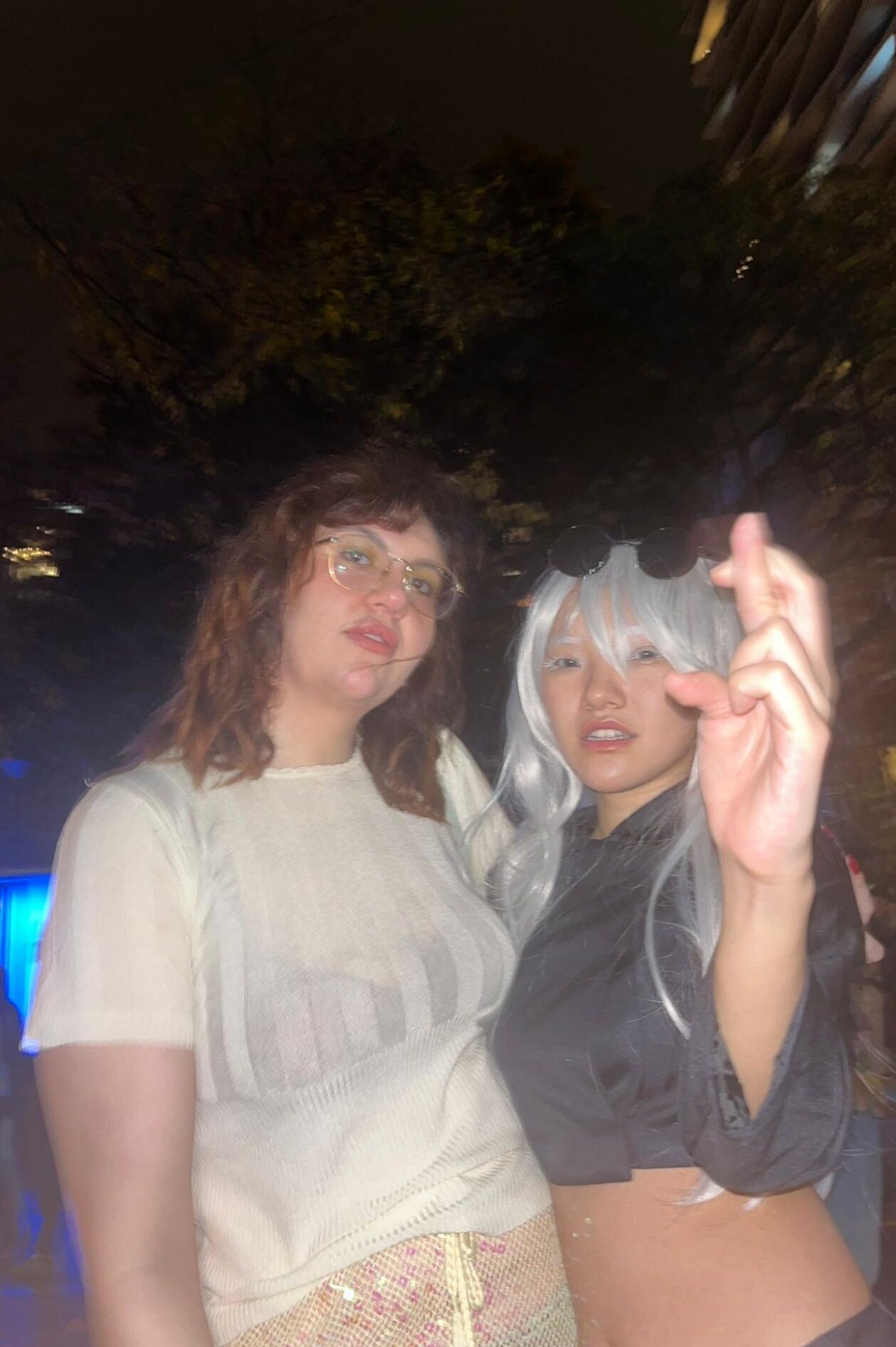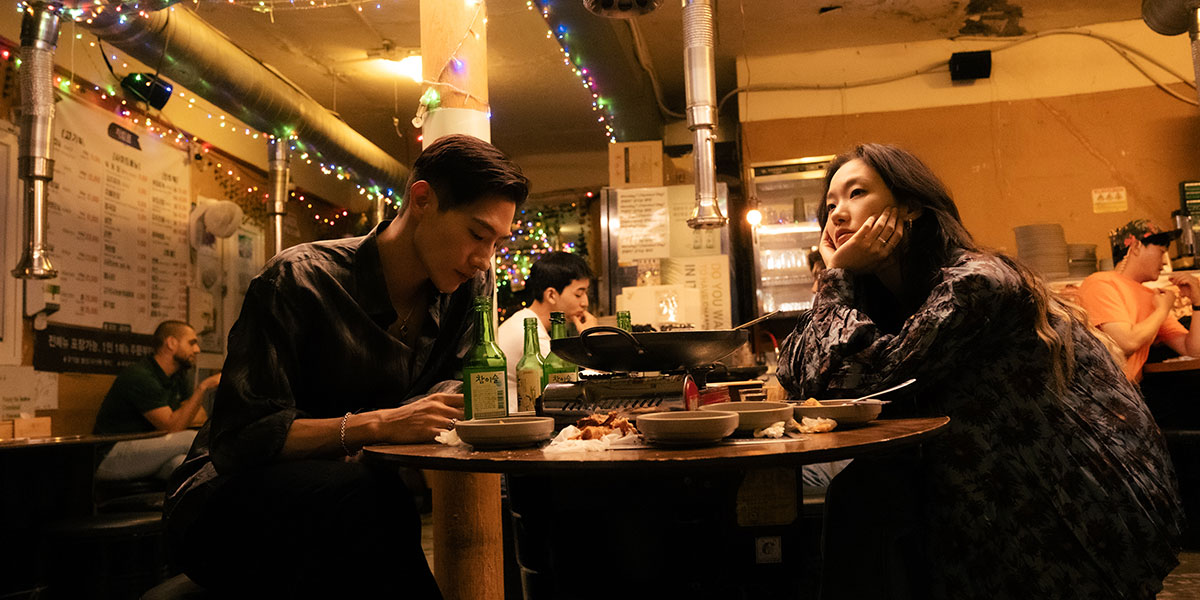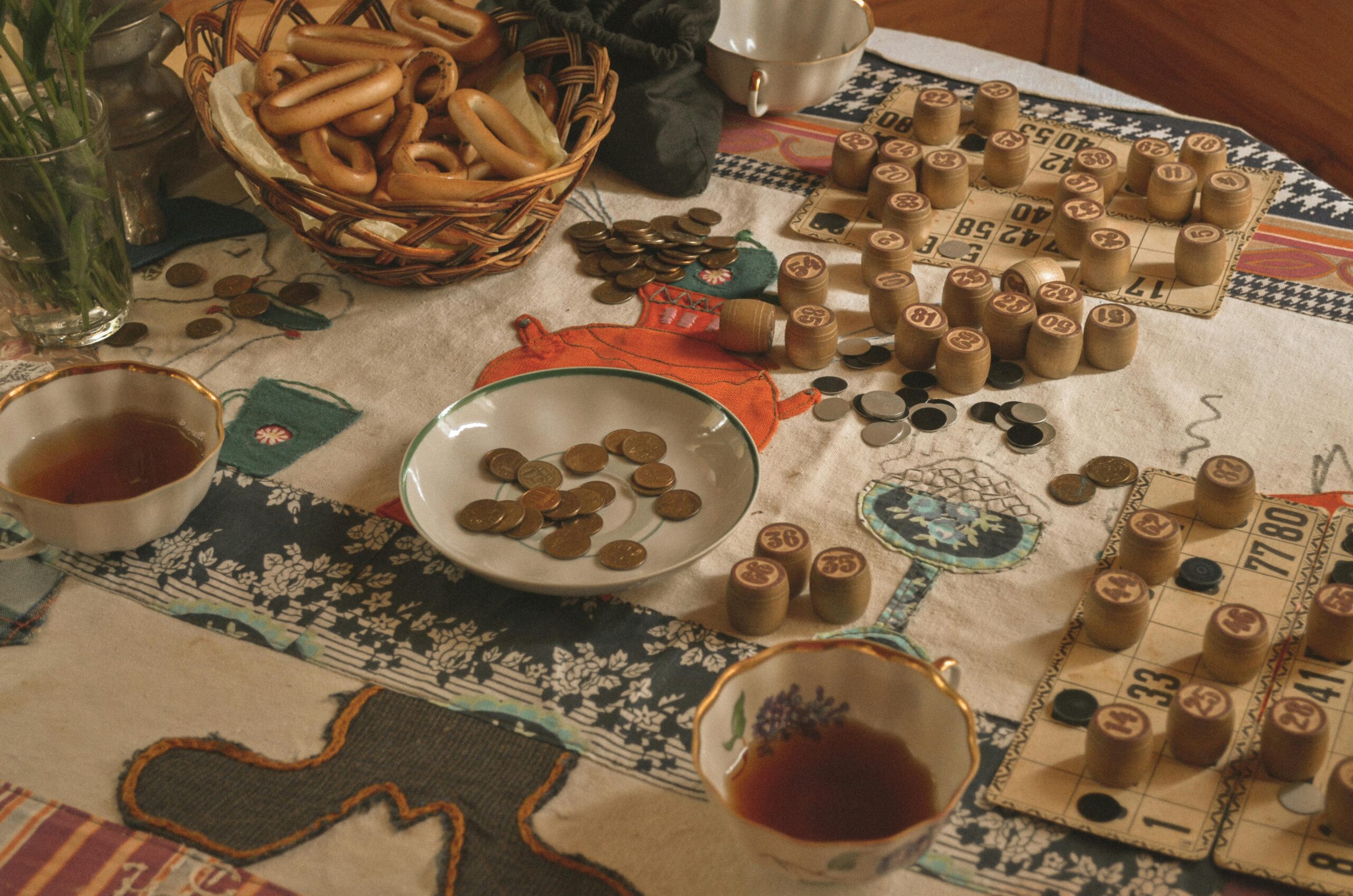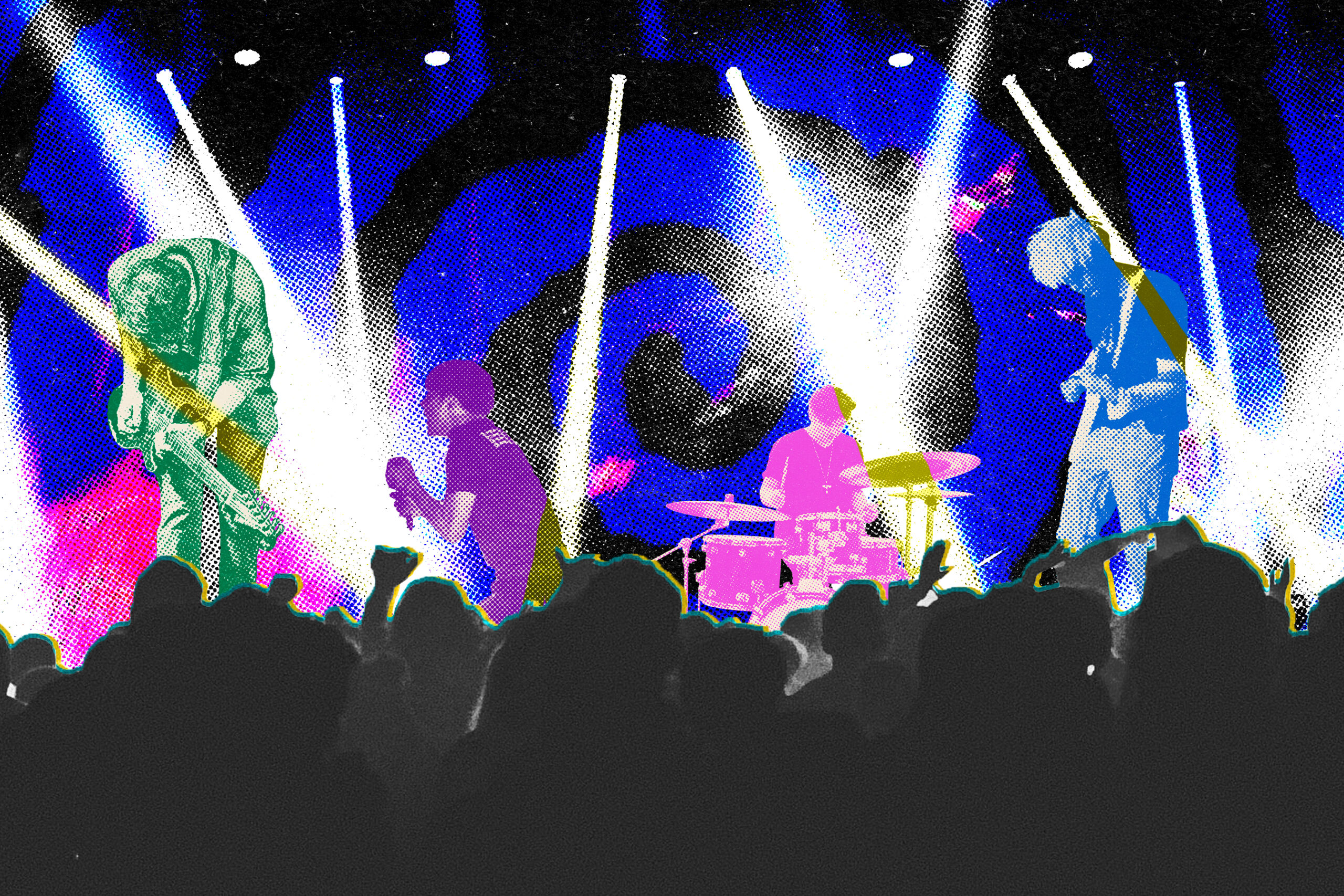Photo by: Isabelle Kirkwood/CanCulture
By Isabelle Kirkwood
It’s getting late in The Danforth. The east-enders are dragging their feet as they saunter back from the office in a mid-February flurry. The streets begin to clear out as the night grows colder, but at the Social Capital Theatre, Dainty Smith is only just warming up.
The green room is at peak chaos. The room is teeming with flying feathers and the musky odour of perfume as dancers fix on their bedazzled pasties and coat on the last strokes of lipstick in a frenzy. Smith is priming herself for Highbrow Burlesque, a monthly spectacle where erotic entertainment meets vaudeville cabaret.
“I’ve been doing this for over ten years and I’ve never gotten over being nervous,” Smith said. “I think that’s probably a good thing.”
In 2011, Smith assembled a “wolf pack” dance troupe known as Les Femmes Fatales, a dance collective of women of colour espousing female and black empowerment through the art of burlesque. Tonight, she’s dancing solo, but her activism still fuels every performance.
“I’m interested in the ways in which I can reclaim my body and find self-love as a black woman on a platform,” Smith said. “We tell stories onstage, loving and owning our bodies. Being able to do that is a defiant act.”
After a year in George Brown’s theatre program and discovering black burlesque icon Josephine Baker, Smith decided to teach herself to dance for burlesque. Those days were lonely but liberating, and overtime, she began to trust her body and her instincts as she learned about herself, her style and the power of the female gaze. All this translates into what she does today.
Her outfit of choice is her black velvet tap shorts that sit high on her waist over sheer pantyhose, paired with a black brassiere and trademark pasties.
“I probably wear too much black on stage,” she said. “It’s sort of a 40’s or 50’s retro aesthetic.”
The theatre isn’t as kitschy as a typical burlesque show. There is no crimson curtain or intricate set design. The stage itself is quite small. The visual vacancy onstage acts as a canvas for the performers to make their own statement. For this Highbrow event, Smith splits her time between dancing and hosting the show. For Smith, her role as emcee pivots upon the perfect medium of entertainment and education.
“I encourage folks to respect the performers, respect the art, respect women,” she said. “But I think that it’s really important that the audience is not passive in entertainment and in art.”
Smith grew up as a preacher’s daughter in a Hebrew-Pentecostal Church in a majority-white suburban neighbourhood. She now describes herself as “the church girl gone bad.” Her religious upbringing both shaped her approach to emceeing and developed her focus on the “sacredness and holiness” of marginalized women’s bodies. She said burlesque is now a form of church for her.
“Can I get an amen?” she shouts, beckoning the microphone to the audience before they bellow a powerful “amen!” back.
The audience includes couples looking to experience a unique but timeless form of entertainment. To lighten the atmosphere, Smith cracks a few quips about intersectional feminism. She said this allows the guests to feel included and respected through storytelling and humour.
Intersectional feminism is a framework of analysis which attempts to identify how interlocking systems of power impact those who are most marginalized in society. The term was first coined by legal scholar Kimberlé Crenshaw in the late 1980’s. Crenshaw discussed Black feminism, which argues that the lived experience of a black woman cannot be understood in terms of being black and of being a woman considered independently, but must include the interactions, which frequently reinforce each other.
After a series of lively performances, it’s show time for Smith. Tonight’s routine is set to the tune of Dave Brubeck’s Take Five, a classic jazz number. While some of the performers’ flairs are more high-flown or humorous, the spirit of Smith’s performance appeals to raw emotion, while her sensual choreography casts a steamy spell over the audience. Her movements are performed in sultry and soulful arrangements under the ghost light of the stage, that build up to the climactic pasty-reveal. That build-up, Smith said, is what she loves most about the performance.
“It’s one of the few moments that a woman is really in charge and in control of her body,” Smith said. “There’s something really powerful about a woman on stage, taking as long as she wants before she shows something.”
The audience response ranges from beguilement to elation. The date-night couples are wide-eyed, almost paralyzed under her gaze, while the more seasoned burlesque spectators hoot and holler when she sinks down to her knees or raises her arms above her head in fluid, spiraling motions.
By the time the curtains are closed, Smith is exhausted. Using her body and voice to intrigue and inform is a taxing but worthwhile enterprise for her, so she takes time to chat with the guests and her fellow dancers after the show ends. Many of the audience members, particularly those who came for a casual date night, are more seduced by the message than the striptease.
Smith’s energy and commitment to burlesque feeds off the sisterhood that develops from women supporting each other, whether it’s fixing someone’s broken heel in the green room or offering survival tips to women, particularly of marginalized communities. Making connections with people she assumed she had nothing in common with has been a capstone for her career.
She shuffles into a large swing coat and wraps her head in a colourful bonnet, her ankles are left rather exposed to the elements. She has a shopping bag overflowing with costumes and makeup. As she leaves the theatre and moves into the unrelenting flurry, she too is now dragging her feet. Her night was long but valuable.
“What really makes the showgirl is the glitter and glamour, but also the bandages and self-actualization,” Smith said. “It’s pretty beautiful.”
This piece was edited by Jacklyn Gilmor






